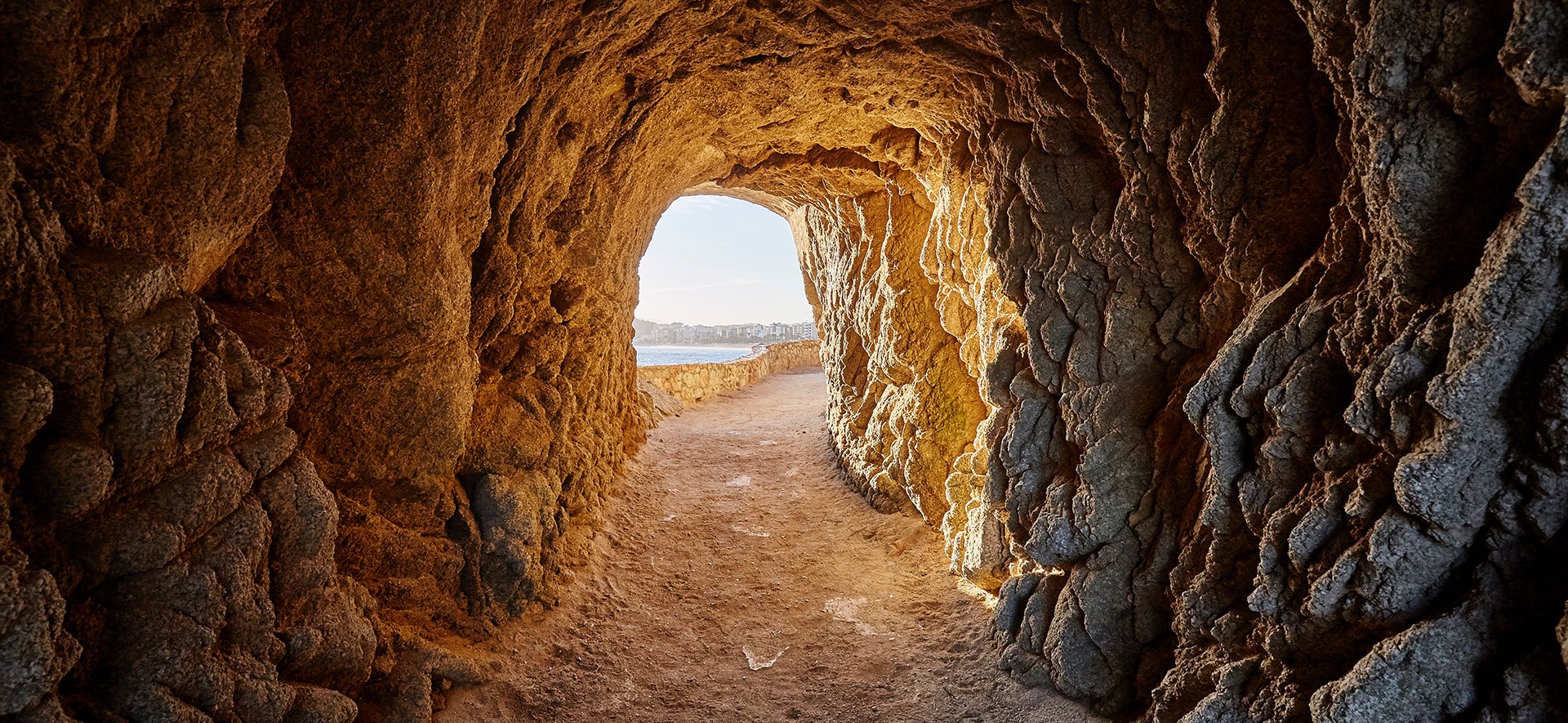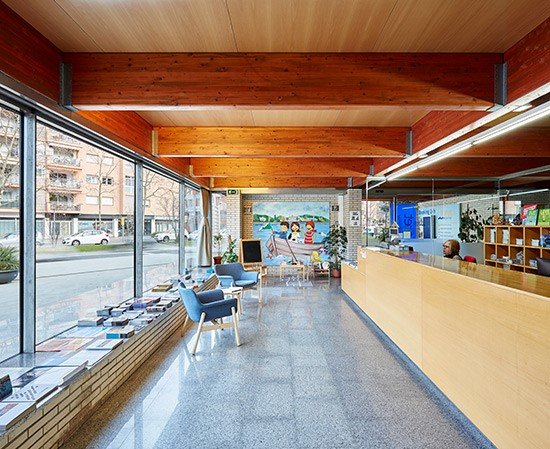Lloret de Mar:
An international tourist destination
Now an internationally renowned destination, Lloret de Mar began to receive its first foreign visitors around the year 1950. However, these weren’t the first tourists: by the 1920s (and even before), our town had already accommodated elite families from Barcelona and its surroundings who sought a pleasant summer atmosphere in Lloret’s beaches. Josep Carner, one of Catalonia’s great poets, baptised our town with the name “gentle paradise” in 1919, in the magazine D‘Ací i d’Allà.
It’s important to note that Lloret was already well-known back then thanks to the famous aria Marina which, at the time, was a musical zarzuela performance with the lyrics “For coasts, the Levante; for beaches, Lloret”, and was released on the 21 September 1855, at Madrid’s Teatro del Circo. This charming excerpt written by poet Francesc Camprodon became Lloret de Mar’s first advertising slogan.
After the Spanish Civil War (1936-1939), middle class citizens from Barcelona and its surroundings began to choose Lloret de Mar as the destination of choice for their holidays. Over time, Lloret became more and more recognised, and its fame transcended the borders of the Spain, attracting its first foreign guests.
Thanks to this interest, in the 1950s the town began to receive its first visitors from abroad. Among them was one of the key factors in spreading the city’s fame, German dentist Ernest Adler. Known across Europe, Adler settled in Lloret de Mar and began to spread word of the town’s qualities among his Central European clientele. Around that time, Lloret de Mar began its urban transformation, and the local inhabitants began to look to tourism for business.
-
39.764
Inhabitants
(December 2019) -
48,71 km2
Area
-
1.769 ha
Built-up
area -
3.912 ha
Forested
area -
44 ha
Green zones within
the urban area -
718 ha
Residential
developments -
9 km
Coastline
-
TOURIST GUIDES AND LEAFLETS
Ideas to discover
everything Lloret de Mar
has to offer for your holiday

LLORET
HUB
Download the results
We send you the PDF file with your results to your email in order to save or print. * When printing, select the "Background graphics" box to view the content correctly.


















